
D&D Ideas — Ruins
Welcome once again to the weekly newsletter. This week’s topic is ruins, which we discussed in our weekly live chat. We hangout every Monday evening at 8 p.m. EST on Nerdarchy Live to talk about D&D, RPGs, gaming, life and whatever nerdy stuff comes up. Speaking of ruins in Gone But Not Forgotten cursed plant life guards the ruins of a burial mound and awards resourceful heroes with a long abandoned tomb’s plunder. Even when others forget, the dead remember in this mysterious encounter along with 54 other dynamic scenarios in Out of the Box. Find out more about it here. You can get the Nerdarchy Newsletter delivered to your inbox each week, along with updates and info on how to game with Nerdarchy, by signing up here.
Nerdy News
Make things right with the week that was! Inspire your friends, make choices that matter and decipher runes of power plus more including new live chats with creative folks and industry pros and live plays RPGs round out this week’s Nerdy News. Check it out here.
Delving Dave’s Dungeon
Ruins are a huge part of Dungeons & Dragons and the fantasy genre as a whole. I don’t think I’ve ever run a D&D campaign without at least one session of exploring ruins. Are they just a D&D and fantasy trope or are they something more? I look at it as an opportunity to explore the past of a campaign setting. The great part about it is ruins can be an interactive way to reveal information of a campaign setting or world.
Typically there is art, carvings, relics, books, scrolls and more to be found within ancient ruins. Perhaps even denizens from those previous times reside within them. Ruins are a great way to engage the exploration pillar of D&D because they can bring a wide host of proficiencies into play — all the knowledge, physical and many of the tool proficiencies. Depending what the encounters are like within a set of ruins you could even invoke the social proficiencies. This is the great part about using ruins for a dungeon.
Ruins often have this duality to them touching on what were they before but also what are they being used for now. Many a story is based off of ancient dwarven civilizations being overrun by some sort of monster and driven from the ancestral lands. Now the place is full of monsters often with some sort of big bad at the center of the ruins like a dragon.
As a Dungeon Master we need to think about this duality of our ruins. Our encounters or scenes can have set pieces based either on what was before or what is now. In this way we can highlight things from the past of our campaigns as well more current events within the world. The Dungeon Master’s Guide does a pretty good job of covering this information in Chapter 5: Adventure Environments.
In my own game we don’t have dragonborn being native to our game world. We still have them but they just come from elsewhere. I ran a couple of sessions where the characters found the ancient ruins of a dragonborn city. Not only did they discover the dragonborn were once a part of this world but it also revealed information about the campaign and created more questions. What happened to the dragonborn? Why doesn’t this world have dragonborn anymore? Why do these ruins have evidence of kobolds, but there aren’t any kobolds where the dragonborn is from now? Are kobolds descendants the dragonborn in this world?
Since two of the characters were dragonborn these questions become more relevant for them in terms of who they are and where they came from. But none of this had anything to do with why the characters explored these ruins in the first place. They were looking for an artifact. So in a way we got to tell two stories at the same time by introducing these elements from the past.
I greatly recommend you think about this as a DM when throwing ruins into your games for the characters to explore. As for players when exploring ruins look for the second story. See what was and allow your character explore not just the ruins but the past of the campaign setting you are playing.
From Ted’s Head
Exploring ruins seems built into Dungeons & Dragons and other fantasy roleplaying games. After all exploring long forgotten places lies deep in the history of these types of games. When I look at the three pillars of adventure for D&D — Combat, Social Interaction and Exploration — it’s very easy to incorporate all of these into a setting featuring ruins.
Obviously combat can ensue anywhere and anytime a Dungeon Master needs and long forgotten ruins can easily fit just about anything you wanted to have appear within them.
Social interaction is another pillar that can take place anywhere whether it’s with a captured prisoner, an awakened creature or even a friendly monster that could be a source of conversation in a practically alien setting. Parleying with monsters is a tried and true tradition of D&D.
When it comes to exploration there are so many specific ways to build up ruins and engage the lore of the world as well as give characters opportunities to use their skills.
Intelligence Skills. History, Arcana and Religion can be literally written on the walls of ruins. Investigation can uncover hidden areas or help deal with puzzles and figure out riddles of things long out of memory. Nature can identify plants that only grow in a ruined place.
Physical Skills. Athletics and Acrobatics can be used to climb, jump and in general explore the area or avoid dangerous areas. The Extreme Adventurer Character Build Guide we put together presents a character for whom this is the focus of their development.
Social Skills. Your Deception, Intimidation and Persuasion can certainly be used to great effect during social interaction scenarios as you would expect.
Everything else can come into play on a case by case basis such as dealing with traps.
When it comes to tools we have said it before and we will keep saying it.
“If you have a tool set and you think it might help in a situation, ask.”
If you are a cook and you are not sure if something is edible you would be the person to ask, so ask. If you are in some ruins and you are proficient with mason’s tools or carpenter’s tools you might know more about walls or floors that might be unstable or even altered. Depending on the situation this might warrant finding traps easier or finding hidden passageways or even hidden treasure chambers. Jeweler’s supplies might be needed to fix an item or might even give a hint if the puzzle or riddle involves jewelry of any kind.
As a player it is always okay to ask as long as the question makes some kind of sense and you can justify it. You made those choices for your character’s proficiencies in most cases and it’s up to you to incorporate them into your roleplaying. Expressing your characters interest in something related to their tool or skill proficiencies helps a DM by letting them know you care about those things and prompting those checks. You might even discover no check is required at all!
For DMs it’s important to listen when players describe their characters words and deeds, considering the proficiencies they might be bringing to bear. Looking at the games we share on the Nerdarchy Live channel we do this quite often. Not only does this add more fun but it can take the plot in directions you were not considering.
From the Nerditor’s desk
What to say about ancient ruins in fifth edition Dungeons & Dragons that wasn’t touched on during the live chat or my bosses’ thoughts in this very newsletter? I know — recent ruins!
Adventures very often carry 5E D&D characters far and wide as they explore their world and become embroiled in all sorts of fantastic stories. They may leave behind a village, town or even large city as they complete quests and move on towards the next ones in a neighboring region or even other planes of existence altogether. What happens when they return to discover the place they once knew now lies in ruins?
In the yearslong 5E D&D Spelljammer campaign I ran the party left their home planet behind and never looked back after discovering a derelict vessel, claiming it as their own and learning there’s a whole crystalsphereverse out there. Many times over the course of the campaign they’d come across mention of their home planet but in all that time never returned. If they had they’d find some of the familiar places they knew in ruins. At least one of those places became ruins as a consequence of their inaction after setting events in motion.
In the same campaign the party found themselves at ground zero for the creation of ruins. A hugely significant event resulted in a devastating assault on the center of spherical society at the Rock of Bral and they were right in the middle of the action. Void giants and star spawn teleported onto the surface while mi-go unleashed hordes of void creatures from Underbral for the culmination of a plan thousands of years in the making.
In the aftermath much of the Rock of Bral lay in ruins. The party worked to help recovery efforts and they were super engaged because these were people, places and things they’d formed connections with. Districts they frequented were devastated. Friends and allies lost homes and businesses and the fabric of the entire Rock of Bral changed substantially. They also learned about the ruins of Underbral, which created quite an set of circumstances with known ruins above and unknown ruins right beneath their feet.
Over at Nerdarchy Live our Moon Rises campaign takes place on a post apocalyptic Earth largely in ruins. This makes things particularly intriguing for my character Grigg, a psychic ghost of an astronaut who was alive before the planet was demolished by a passing comet. For me the ruins of New Manhat and other locations give me a wonderful window to roleplaying since he is more familiar with the world before it lay in ruins all about.
Baldur’s Gate: Descent into Avernus incorporates the concept of recent ruins too. As I understand it this is only a mild spoiler that the city of Elturel is dragged down into the Nine Hells and wiped off the map. It’s the inciting incident for the whole campaign and essentially creates two sets of ruins. One where the city once stood and one in Avernus where Elturel is anchored by chains above the River Styx.
When it comes to ruins in your 5E D&D games I can tell you from experience exploring recent ruins is as engaging and fun as delving into any of the ancient variety. This blends the appeal of the unknown with the personal connection to the known and makes for meaningful circumstances.




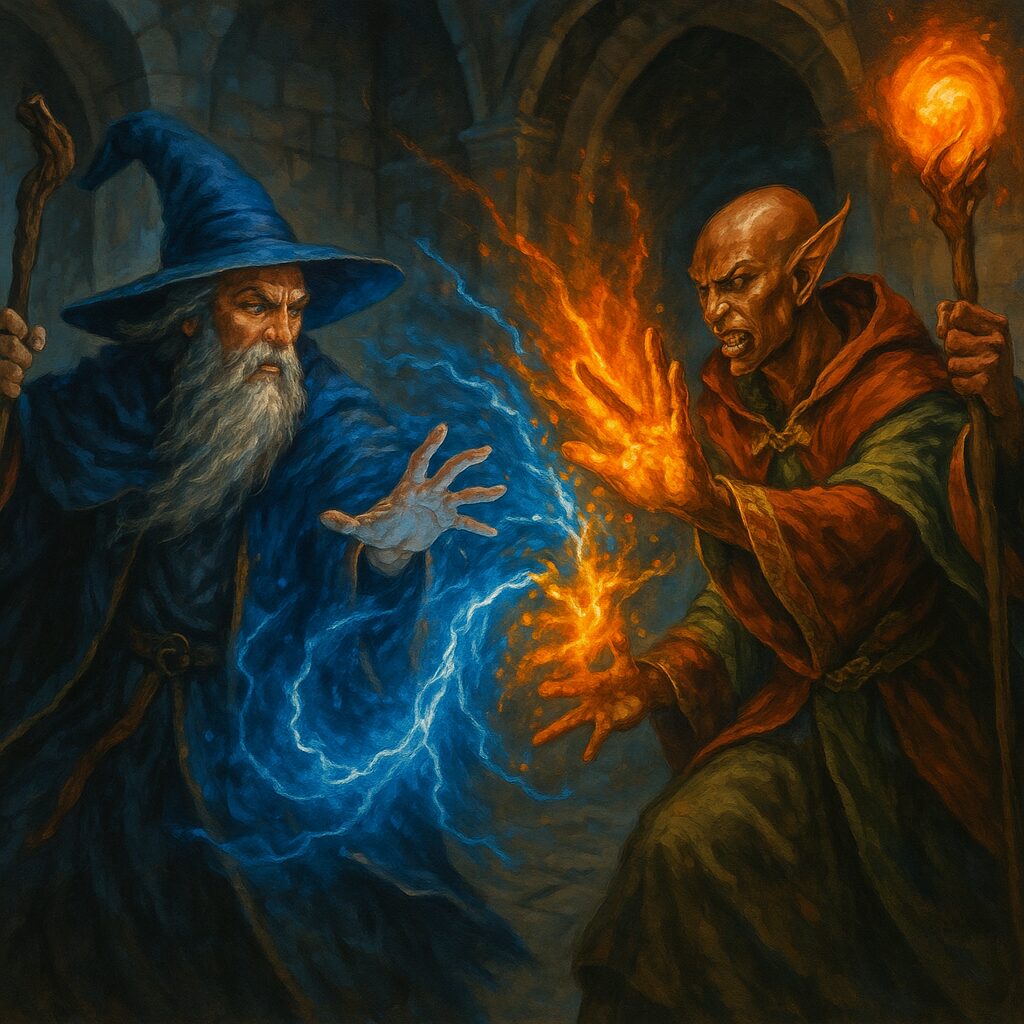
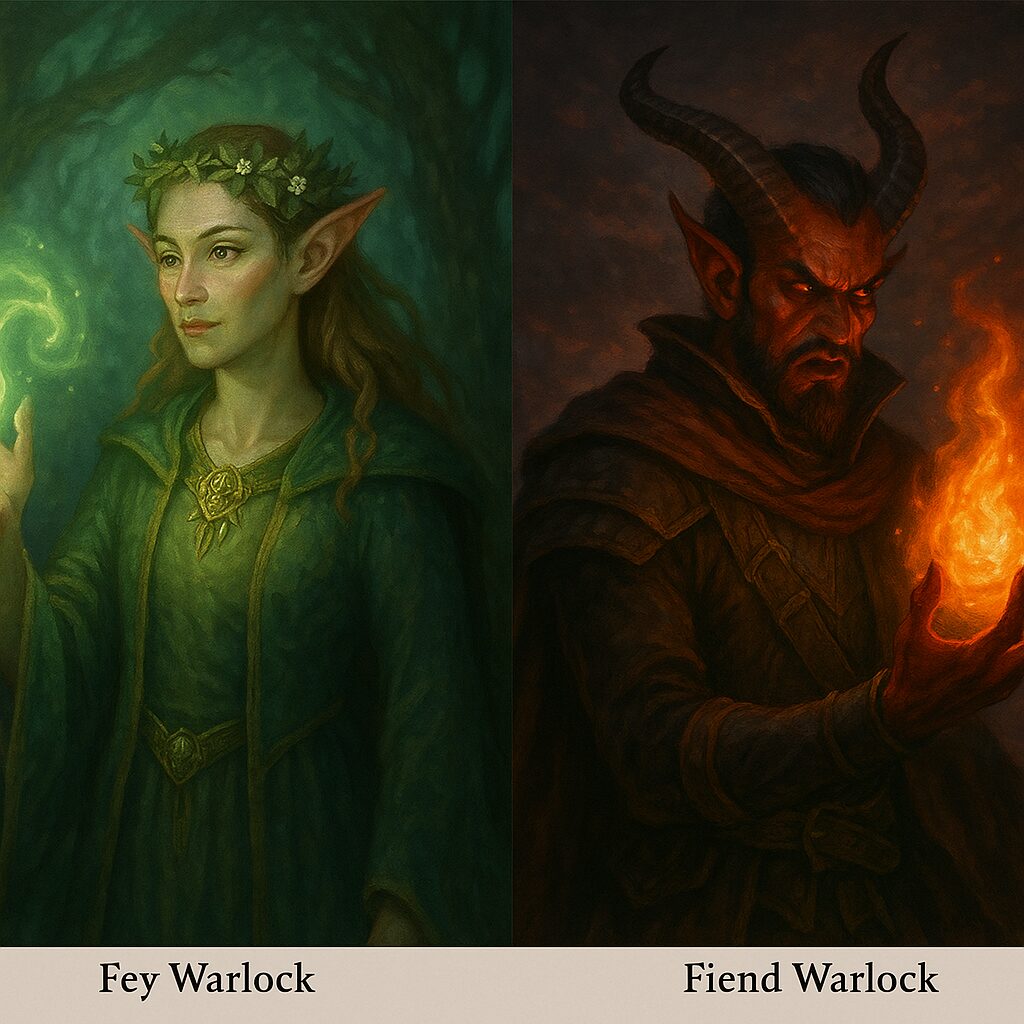
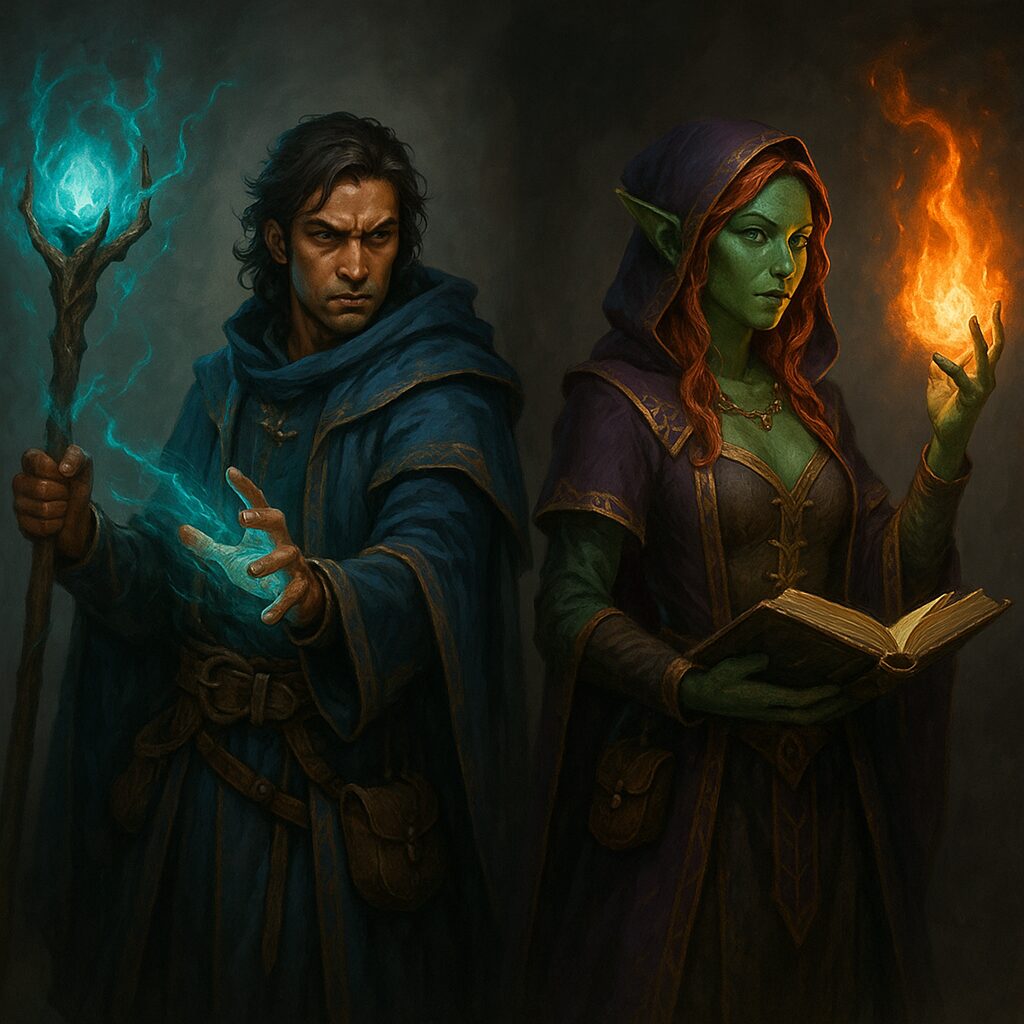
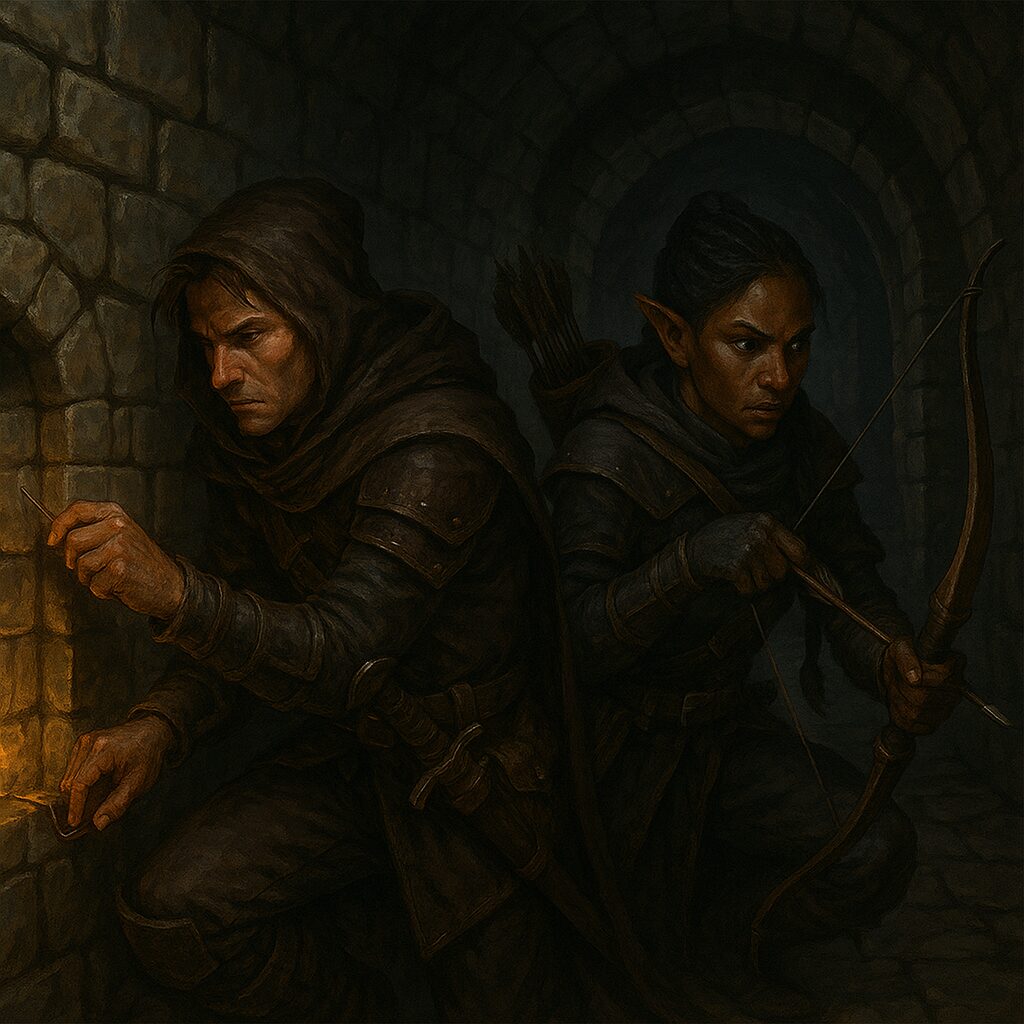
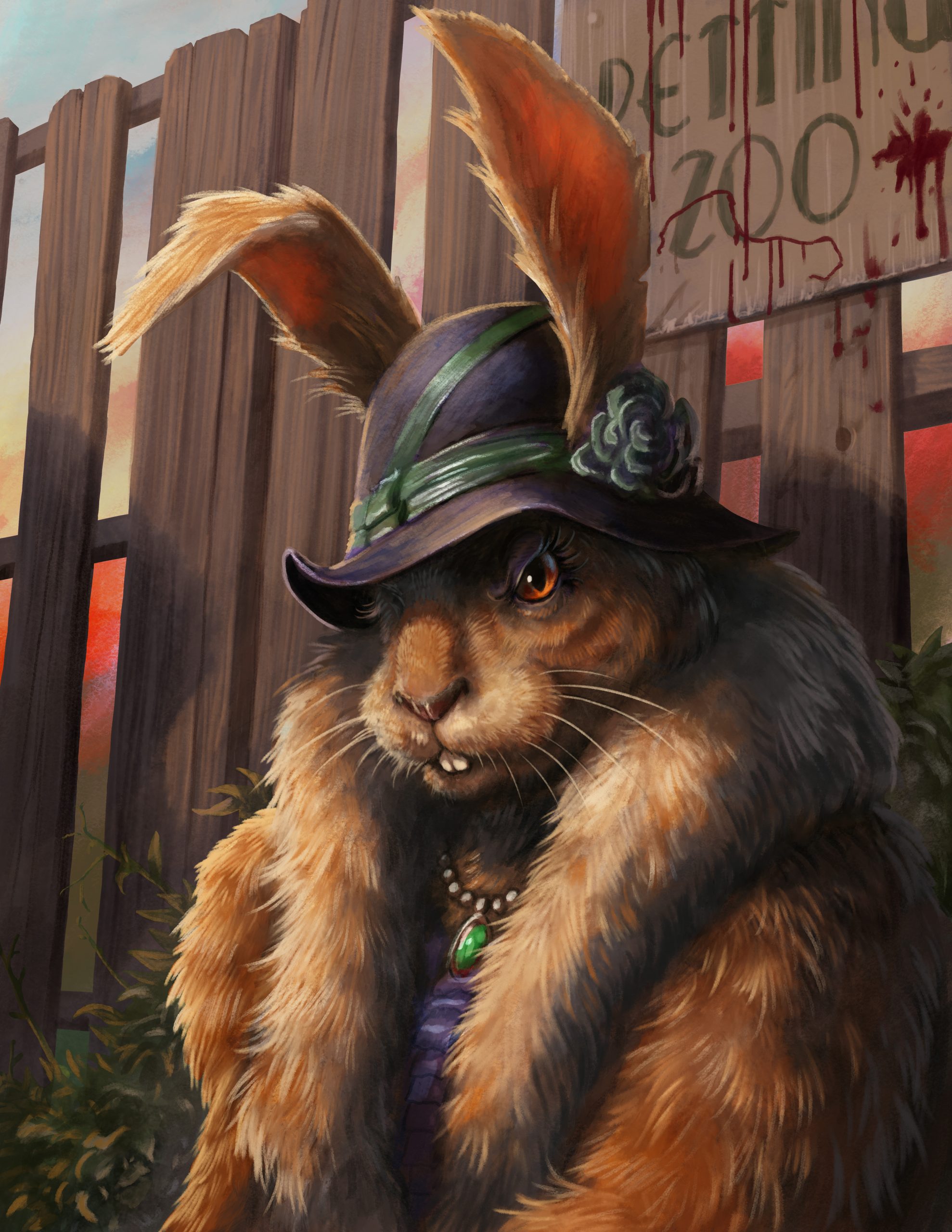
Pingback: Taking Advantage of Metaphorical Ruins for 5E D&D Characters – Nerdarchy
December 26, 2020 at 12:10 pm